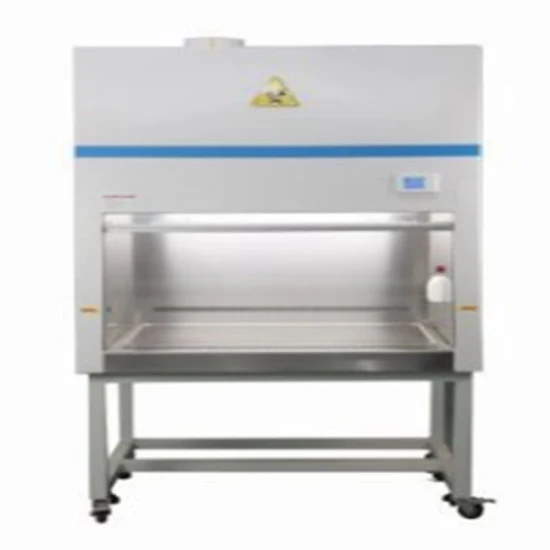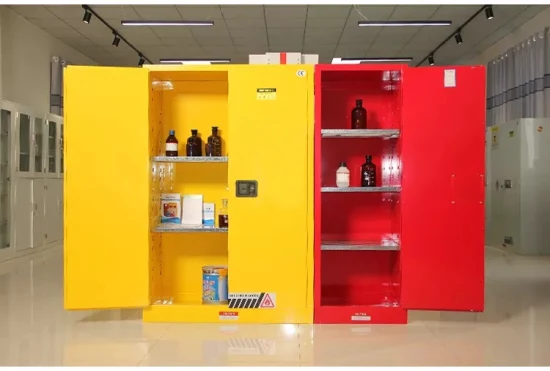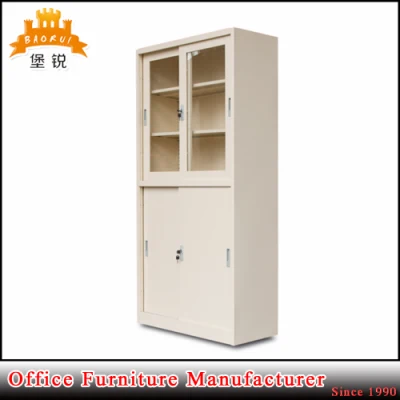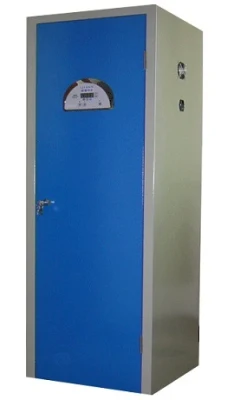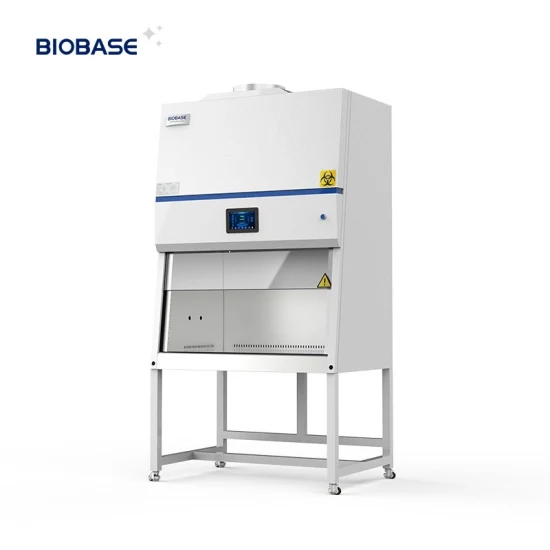
Acid Alkali Resistant Corrosion Resistance Heat Resistant Acid Digestion Chemical Fume Cupboard
Overview Package Size 1900.00cm * 900.00cm * 2100.00cm Package Gross Weight 500.000kg Product Description A chemical hoo
Send your inquiryDESCRIPTION
OverviewBasic Info.
| Model NO. | WJ-1500A |
| Feature | Corrosion Resistance, Heat Resistant, Acid & Alkali Resistant, Fireproof, Explosion Proof |
| Hood Type | Standard |
| Color | Grey |
| Customized | Customized |
| Condition | New |
| Cabinet | Multi-Layer Solid Wood |
| Interior Baffle | Ceramic |
| Face Velocity | 0.4-0.6 M/S |
| Application | Environment/Institute/Biology Lab/Chemical Lab |
| Input Power | 380V/50A |
| Work Surface | 20+6 mm Ceramic |
| Airflow | Ceramic Fiber |
| Liner Material | Ceramic Fiber Board |
| Base | Steel |
| Product Name | Chemical Fume Hood |
| Transport Package | Standard Export Wooden Case Packing |
| Specification | 1500*1205*2400 MM |
| Trademark | Ample |
| Origin | Chengdu, China |
| HS Code | 8414809090 |
| Production Capacity | 200 Set/Month |
Packaging & Delivery
Package Size 1900.00cm * 900.00cm * 2100.00cm Package Gross Weight 500.000kgProduct Description
Product Description
A chemical hood can be used for storage of volatile, flammable, or odiferous materials when an appropriate storage cabinet is not available. While it is appropriate to keep chemicals that are being used during a particular experiment inside the chemical hood, hoods are not designed for permanent chemical storage. Each item placed on the work surface interferes with the directional airflow, causing turbulence and eddy currents that allow contaminants to be drawn out of the hood. Even with highly volatile materials, as long as a container is properly capped evaporation will not add significantly to worker exposures. Unlike a chemical hood, flammable materials storage cabinets provide additional protection in the event of a fire.When working with highly hazardous materials, the higher the face velocity the better. While it is important to have a face velocity between 0.3 m/s (60 fpm) and 0.5 m/s (100 fpm), velocities higher than this are actually harmful. When face velocity exceeds 0.6 m/s (125 fpm) eddy currents are created which allow contaminants to be drawn out of the hood, increasing worker exposures. Check with local safety regulations on the maximum face velocity before using the hood.
The airfoil on the front of a hood is of minor importance. It can safely be removed if it interferes with my experimental apparatus.
Airfoils are critical to efficient operation of a chemical hood. With the sash open an airfoil smoothes flow over the hood edges. Without an airfoil eddy currents form, causing contaminates to be drawn out of the hood. With the sash closed, the opening beneath the bottom airfoil provides for a source of exhaust air.
| ModelParameters | YT-1500A | YT-1500B | YT-1500C | YT-1800A | YT-1800B | YT-1800C |
| Size (mm) | 1500(W)*865(D)*2400(H) | 1800(W)*1205(D)*2400(H) | ||||
| Worktop Size (mm) | 1260(W1)*795(D1)*1100(H1) | 1560(W1)*795(D1)*1100(H1) | ||||
| Worktop | 20+6mm Ceramic | 20+6mm Ceramic | 12.7mm Solid Physiochemical Board | 20+6mm Ceramic | 20+6mm Ceramic | 12.7mm Solid Physiochemical Board |
| Liner | 5mm Ceramic Fibre | 5mm Compact Laminate | 5mm Compact Laminate | 5mm Ceramic Fibre | 5mm Compact Laminate | 5mm Compact Laminate |
| Diversion Structure | Back Absorption | |||||
| Control System | Touch-Tone Control Panel (LED Screen) | |||||
| Input Power | 220V/32A | |||||
| Fan Power | Less than 2.8 A | |||||
| Socket Max. Load | 5KW | |||||
| Faucet | 1 Set | |||||
| Drainage Mode | Natural Fall | |||||
| Storage | Double-Lock, Corrosion-Resistant, Damp-proof, Multi-layer Solid Wood with Mobile Wheel | |||||
| Application | Indoor No-blast, 0-40 ºC | |||||
| Application Field | Organic Chemical Experiment | |||||
| Face Velocity Control | Manual Control | |||||
| Average Face Velocity | 0.3-0.5 m/s Exhaust: 720-1200m³/h | 0.3-0.5 m/s Exhaust:900- 1490m³/h | ||||
| Face Velocity Deviation | Less than 10% | |||||
| Average Illumination | Less than 500 Lux | |||||
| Noise | Within 55 dB | |||||
| Exhaust Air | No Residue | |||||
| Safety Test | In Accord with International Standard | |||||
| Resistance | Less than 70Pa | |||||
| Add Air Function | Distinctive Structure (Need Exclusive Add Air System) | |||||
| Air Flow Control Valve | Dia. 250mm Flange Type Anti-Corrosion Control Valve | Dia. 315mm Flange Type Anti-Corrosion Control Valve | ||||
Once a fume hood is installed and set up in an actual laboratory room, it is recommended that tracer gas containment tests be conducted to determine the appropriate face velocity necessary to maintain a desirable level of containment. Once the average face velocity that will provide the desired containment level is determined, that face velocity can serve as a reasonable benchmark for safe fume hood operation.
This assumes that the room conditions essentially remain as they were when the fume hood was tested and that the fume hood users follow safe fume hood working practices. Note that since a fume hood is not an airtight enclosure, perfect or 100% containment is not generally attainable or even necessary.
The level of containment that is necessary should be established by facility personnel who are responsible for worker safety in consideration of the hazard level posed by the chemicals. If the chemicals or substances that will be present are so toxic or hazardous that 100% or near 100% containment is required, than an airtight glove box should be utilized rather than a fume hood.-Keep the hood sash closed as much as possible.
-Do not permanently store chemicals or apparatus in the hood. Large equipment used inside the hood should be placed on blocks to allow airflow under the equipment. Store chemicals in an approved safety cabinet.
-Do not use the hood as a waste disposal mechanism. Solvent bottles in the fume hood must be capped when not in use.
-Minimize foot traffic by the face of the hood. Do not make fast movements when taking things in and out of the hood.
-Do not remove hood sash or sash panels except when necessary for apparatus set-up. Always replace sash or panels prior to working in the hood.
-Use an appropriate barricade if there is a chance of explosion, implosion or eruption.
Ensure the exhaust is operating before beginning work. Check the baffles for obstructions. If the hood is fitted with an airflow monitor, check the monitor's status. Even while working, be alert to changes in airflow.
• Keep front air foil clear - don't block with lab bench liner
• When using the fume hood, keep your face outside the plane of the hood. Use the sash for partial protection during hazardous work.
• Work at least 6 inches inside the front edge of the
hood, not on the edge .
• Do not stick your head into the hood.
• Use appropriate personal protective equipment such as splash goggles and gloves. This enhances
safety in case of catastrophic spills, run-away reactions or fire. Wear a full face shield if there is possibility of an explosion or eruption.
• If there is a need for Safety/blast shields within the hood, they should
be obtained separately; the sash alone should not be used as safety/blast shield.
• Do not make quick motions into or out of the hood, use fans, or walk quickly by the hood opening. These will cause airflow disturbances which reduces the effectiveness of the hood.
• When using large apparatus inside the hood, place the equipment on blocks, when safe and practical, to allow air flow beneath it.
• Substitute with less hazardous or less volatile chemicals where possible
• Hoods should be evaluated by the user before each use to ensure adequate face velocities and the absence of excessive turbulence.
• In case of exhaust system failure while using a hood, shut off all services and accessories and lower the sash completely. Leave the area immediately.
• Fume hoods should be certified, at least annually, to ensure they are operating safely. Typical tests include face velocity measurements, smoke tests and tracer gas containment. Tracer gas containment tests are especially crucial, as studies have shown that face velocity is not a good predictor of fume hood leakage.
• Laboratory fume hoods are one of the most important used and abused hazard control devices. We should understand that the combined use of safety glasses, protective gloves, laboratory smocks, good safety practices, and laboratory fume hoods are very important elements in protecting us from a potentially hazardous exposure.
• Laboratory fume hoods only protect users when they are used properly and are working correctly. A fume hood is designed to protect the user and room occupants from exposure to vapors, aerosols, toxic materials, odorous, and other harmful substances. A secondary purpose is to serve as a protective shield when working with potentially explosive or highly reactive materials. This is accomplished by lowering the hood sash.
Related Products
-
![Biobase Lab Equipment Microbiological Level 2 Class II PCR Biological Safety Cabinet]()
Biobase Lab Equipment Microbiological Level 2 Class II PCR Biological Safety Cabinet
-
![Steel Laboratory Furniture Central Bench with Reagent Shelf Following Sefa8m]()
Steel Laboratory Furniture Central Bench with Reagent Shelf Following Sefa8m
-
![University Educational Institutes Physical Furnitures Lab Turnkey Supplier PCR Heavy 18 Gauge Steel Lab Island Central Workstation Bench]()
University Educational Institutes Physical Furnitures Lab Turnkey Supplier PCR Heavy 18 Gauge Steel Lab Island Central Workstation Bench
-
![Acid and Alkali Resistance Medical Lab Central Bench Furniture (JH]()
Acid and Alkali Resistance Medical Lab Central Bench Furniture (JH



